Abstract | The goal of this research was to determine the composition and tree structure of a dry forest fragment on...
Blog categories
Search in blog
Latest posts
-
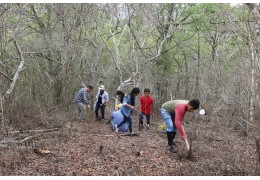 Composition and Tree Structure of a Dry Forest Fragment in the Ecuadorian CoastRead more
Composition and Tree Structure of a Dry Forest Fragment in the Ecuadorian CoastRead more -
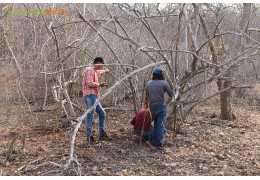 Monitoring, data collection in the dry forest Los Bajos del Pechiche using the DRYFLOR methodology02/02/20218694 views 1 comment 2 LikedRead more
Monitoring, data collection in the dry forest Los Bajos del Pechiche using the DRYFLOR methodology02/02/20218694 views 1 comment 2 LikedRead moreEcuadorianHands is a company that works in a sustainable and responsible way with the environment. We have been...
-
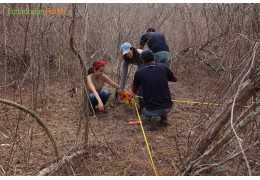 Influence of the altitudinal gradient on the composition and structure of the "El Artesan - EcuadorianHands Protective Forest and Vegetation", Joa, Jipijapa01/13/20219130 views 2 LikedRead more
Influence of the altitudinal gradient on the composition and structure of the "El Artesan - EcuadorianHands Protective Forest and Vegetation", Joa, Jipijapa01/13/20219130 views 2 LikedRead moreDry forest, one of the most threatened ecosystems due to the ease of change associated with human activities. This...
-
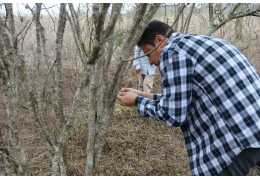 Importance of preserving and maintaining the forests of Palo Santo, Study on carbon storage in the tropical dry forest01/05/202111917 views 39 LikedRead more
Importance of preserving and maintaining the forests of Palo Santo, Study on carbon storage in the tropical dry forest01/05/202111917 views 39 LikedRead moreOf the five carbon compartments that can be measured in a forest (live aerial biomass, underground biomass, debris or...
-
 How to use palo santo powder incense? Bring good fortune, peace and harmony to your home03/23/202324310 views 22 LikedRead more
How to use palo santo powder incense? Bring good fortune, peace and harmony to your home03/23/202324310 views 22 LikedRead morePalo Santo powder for spiritual cleansing and purifying. Palo Santo is a great addition to any home, making it a...
Popular posts
-
 Healing and Aligning Your Chakras with the Power of Palo Santo03/13/2024143644 views 1 comment 42 LikedThe universe is an energetic network, and we, as an integral part of it, are also a part of this network. Our body is...Read more
Healing and Aligning Your Chakras with the Power of Palo Santo03/13/2024143644 views 1 comment 42 LikedThe universe is an energetic network, and we, as an integral part of it, are also a part of this network. Our body is...Read more -
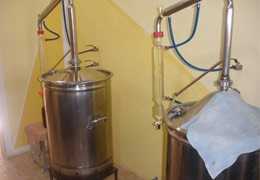 Palo Santo Essential Oil, Bursera Graveolens - Uses and Benefits02/01/2017Posted in: How To?103228 views 6 comments 186 LikedPalo Santo, Ecuador's sacred wood! Originating from our dry forest of Ecuador, this tree belongs to the Burseraceae...Read more
Palo Santo Essential Oil, Bursera Graveolens - Uses and Benefits02/01/2017Posted in: How To?103228 views 6 comments 186 LikedPalo Santo, Ecuador's sacred wood! Originating from our dry forest of Ecuador, this tree belongs to the Burseraceae...Read more -
 Palo Santo: A Natural Way to Cleanse Your House and Promote Well-Being and Positive Energy09/29/202388653 views 3 comments 183 LikedMany people clean and purify their home at least once a month. Many people enter our home, and each person with a...Read more
Palo Santo: A Natural Way to Cleanse Your House and Promote Well-Being and Positive Energy09/29/202388653 views 3 comments 183 LikedMany people clean and purify their home at least once a month. Many people enter our home, and each person with a...Read more -
 From Nature to Art: What is the tagua nut or vegetable ivory?86122 views 6 comments 229 LikedThe Tagua is a unique plant that comes from the tropical and humid mountains of Ecuador, grows wild in forests called...Read more
From Nature to Art: What is the tagua nut or vegetable ivory?86122 views 6 comments 229 LikedThe Tagua is a unique plant that comes from the tropical and humid mountains of Ecuador, grows wild in forests called...Read more -
 Straw hat: Classic Havana, your best choice63281 views 38 LikedHello friends how are you?, You know in this blog I have written a lot about straw hats toquilla, which is currently...Read more
Straw hat: Classic Havana, your best choice63281 views 38 LikedHello friends how are you?, You know in this blog I have written a lot about straw hats toquilla, which is currently...Read more
Photo gallery
-
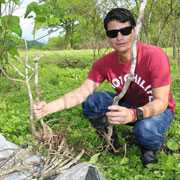
Is Palo Santo really endangered?
-
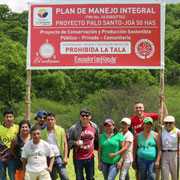
Is Palo Santo really endangered?
-
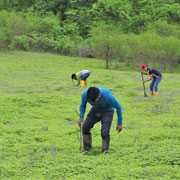
Is Palo Santo really endangered?
-

Investigations concerning the PaloSanto tree.
-
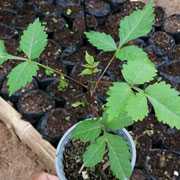
Nursery
-
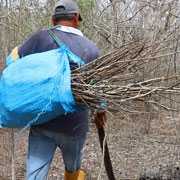
It's reforestation time! Palo santo

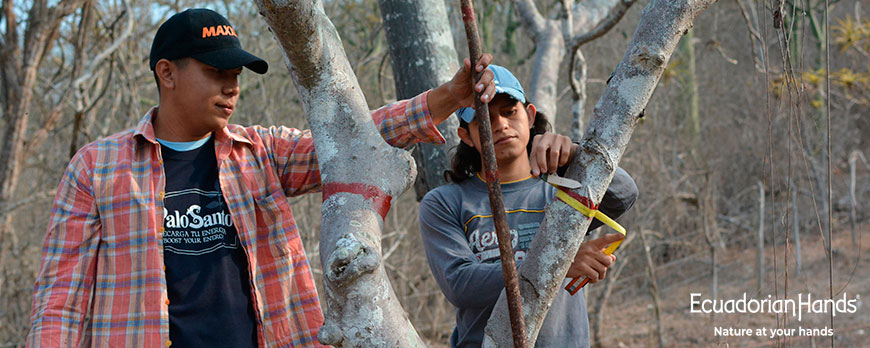
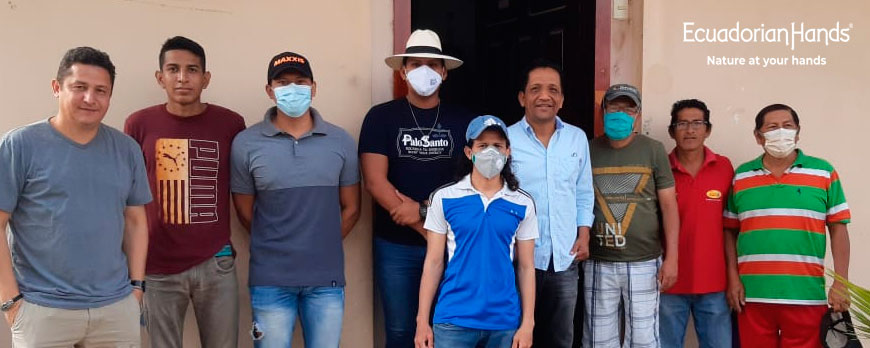
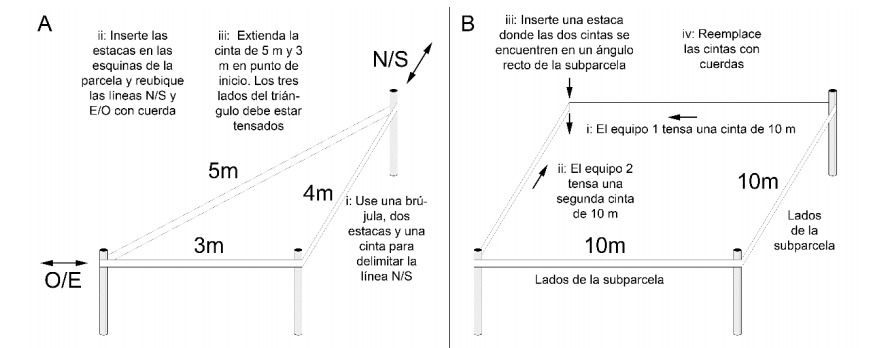
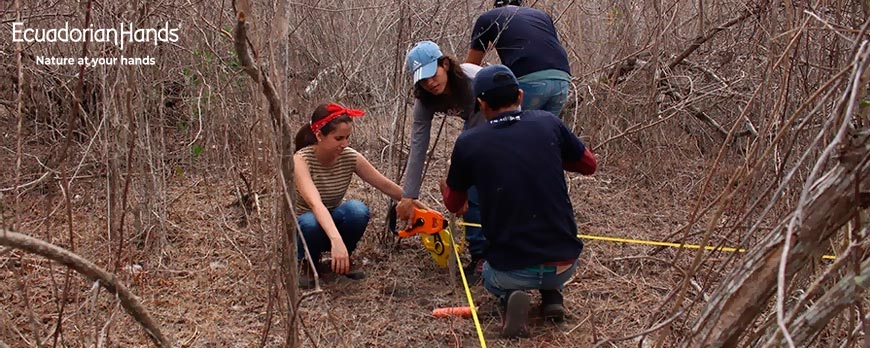
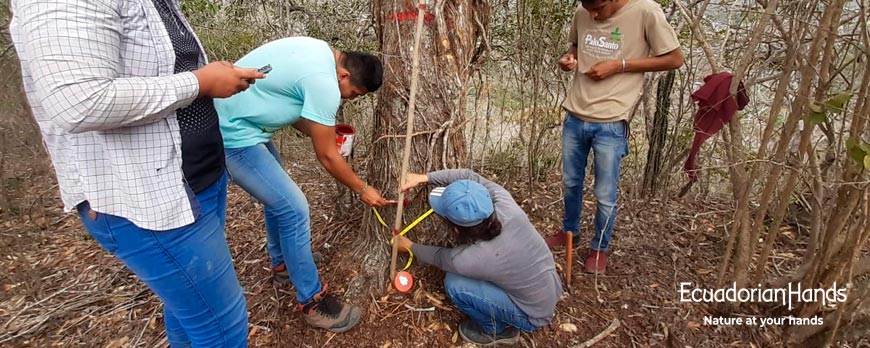

![FEDORA Panama Hat [FREE SHIPPING] | EcuadorianHands](https://ecuadorianhands.com/16027-home_default/fedora-montecristi-panama-hat.jpg)



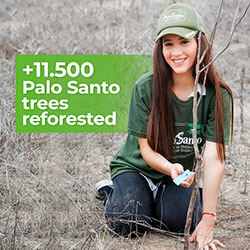
Leave a comment
Comments
Bajos del Pechiche y Joa, Montecristi
By: Marolyn On 06/14/2022Hola que tal Ecuadorian Hands.
Me gustaría saber donde puedo leer más de sus artículos de comparando la comuna Bajos del Pechiche y la comuna Joa
Replied by: Remote Support On 06/20/2022